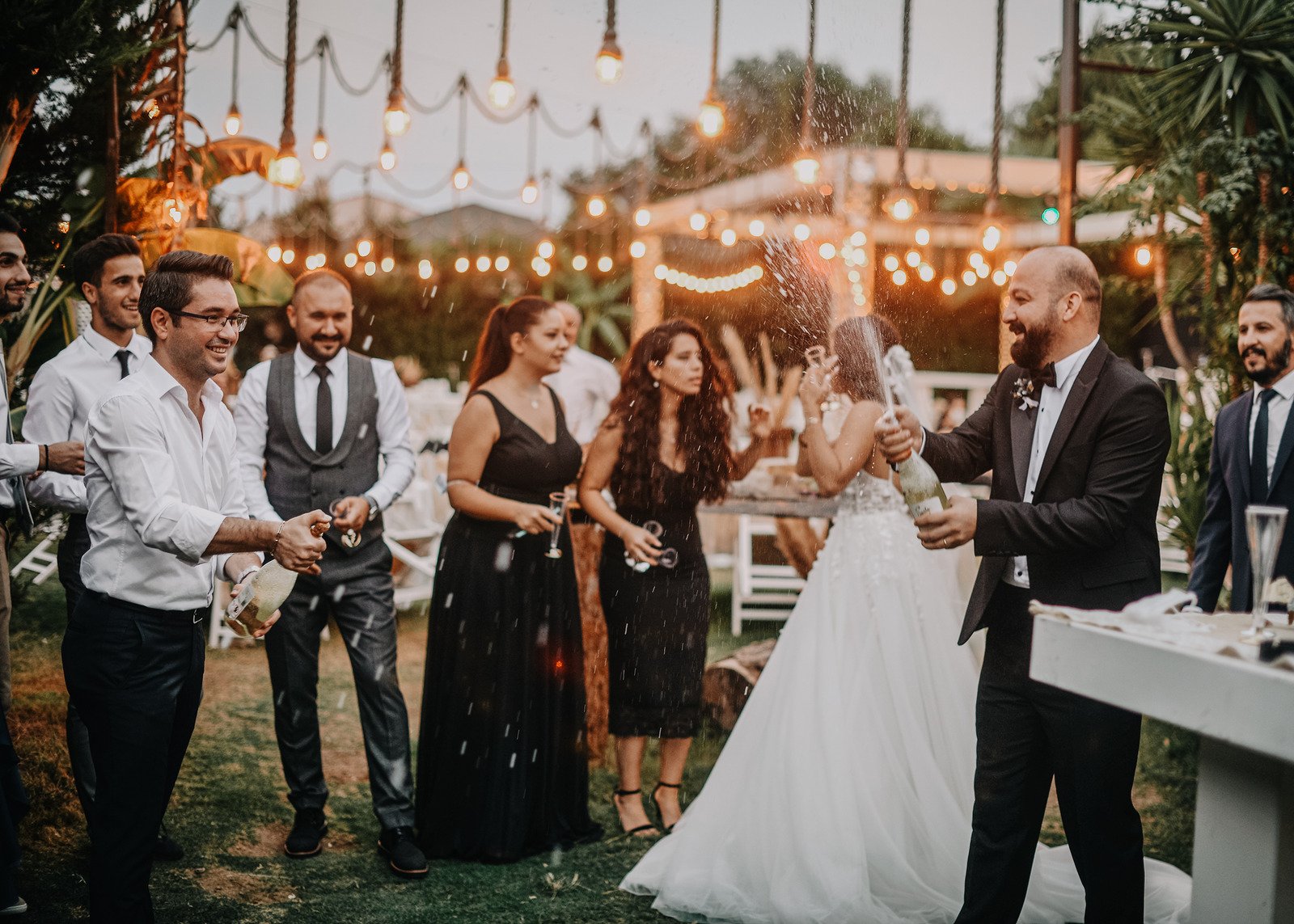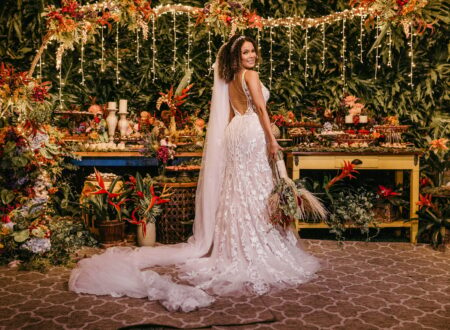Layering isn’t just about staying warm—it’s a powerful style strategy that can turn any basic outfit into a chic, well-thought-out ensemble. Done right, layering adds depth, texture, and versatility to your wardrobe, allowing you to create multiple looks from the same core pieces. Whether you’re dressing for changing weather, adding visual interest, or experimenting with your personal style, mastering the art of layering is a game-changer.
In this blog, we’ll break down the key principles of layering, from fabrics and silhouettes to color coordination and proportion, so you can layer like a pro all year round.
1. Start with the Basics: The Foundation of Every Look
The first rule of layering? Start simple.
Your base layer sets the tone for your outfit and should be comfortable, breathable, and fitted to avoid unnecessary bulk. Think classic t-shirts, turtlenecks, camisoles, or long-sleeve tops. Neutral tones work well here because they offer a clean canvas for the layers to come.
Pro tip: Invest in high-quality basics in neutral tones like black, white, gray, beige, or navy. These pieces are incredibly versatile and will work across all seasons.
2. Play with Textures and Fabrics
One of the easiest ways to make your layered outfit pop is by mixing textures. This adds dimension and keeps your look from feeling flat or monotonous.
For example:
- Pair a silk blouse with a chunky knit cardigan
- Combine denim jackets with cotton hoodies
- Layer a leather moto jacket over a light wool sweater
Different textures help create visual contrast and give your outfit a polished, editorial vibe. The key is balance—don’t overload your look with too many heavy materials.
3. Balance Your Proportions
Layering is an art—but it’s also a science. Getting the proportions right is essential to avoid looking overwhelmed by fabric.
Here’s a simple formula:
- If you’re wearing a loose or oversized top, pair it with fitted bottoms
- When wearing wide-leg pants or a flowy skirt, go for a structured or cropped top layer
- Consider tucking in a base layer to define your waist, even if you throw on a bigger outer layer like a coat or blazer
Also, be mindful of layer lengths. Short over long (like a cropped jacket over a longer shirt) creates dimension and visual intrigue.
4. Layer Accessories Strategically
Accessories are your secret weapon when layering. They not only add extra flair but can tie your whole look together.
- Scarves add warmth and style—try draping a printed scarf over a monochrome outfit
- Belts can define your silhouette and hold outer layers in place
- Jewelry, like layered necklaces or stacked bracelets, complements minimal base layers without overcomplicating the outfit
- Hats, from beanies in winter to straw fedoras in summer, add instant personality
Keep accessories in harmony with the rest of your outfit. If your layers are already bold, tone down the add-ons. If your outfit is simple, go ahead and make accessories the highlight.
5. Color Coordination is Key
You don’t need to stick to just one color when layering, but your colors should complement each other. Consider working within a color palette—neutrals, earth tones, monochromes, or even jewel tones.
Layering color tips:
- Use a pop of color in the middle layer (like a bright sweater peeking out from under a neutral coat)
- Contrast light and dark shades for depth (like a white shirt under a charcoal blazer)
- Try a monochromatic look with varying textures to keep it interesting
Patterns and prints can also work—but limit them to one or two pieces per outfit to avoid clashing.
6. Think Seasonally: Layer for the Weather
Layering isn’t just for fall and winter—it works year-round with the right materials.
- Spring/Summer: Think light layers like linen shirts, denim jackets, silk kimonos, and cotton cardigans.
- Fall/Winter: Opt for thermal tops, knit sweaters, wool coats, leather jackets, and blanket scarves.
In transitional seasons, layering lets you easily adapt to fluctuating temperatures. A great trick? Wear a light base, mid-layer (like a flannel or hoodie), and outer layer (like a trench or coat)—you can remove or add layers throughout the day without compromising style.
7. Outerwear Can Make or Break the Look
Your outer layer is the finishing touch—the one that pulls everything together. Choose wisely!
Stylish outerwear ideas:
- Blazers for a smart, structured look
- Trench coats for timeless elegance
- Denim or leather jackets for a casual-cool vibe
- Puffer coats or parkas when functionality meets fashion
Don’t shy away from bold choices like oversized coats, printed outerwear, or colored jackets—just make sure your underlayers remain more neutral to keep the focus balanced.
8. Experiment with Unexpected Combos
Once you’ve mastered the basics, feel free to break a few rules. Layering allows for creative expression, so don’t be afraid to try:
- A slip dress over a turtleneck
- A button-down shirt under a sweater vest
- A graphic tee under a blazer
- A hoodie under a tailored coat
Fashion is fun, and layering lets you experiment with multiple looks without buying new clothes. It’s one of the easiest ways to stretch your wardrobe and find new outfit combos you didn’t know you had.
Final Thoughts: Confidence is the Best Layer
The secret ingredient to great layering? Confidence. No matter how many fashion rules you follow (or break), what truly makes an outfit stand out is how you wear it.
Start by building a wardrobe with versatile layers and experiment at home until you find what works for you. With a bit of practice, you’ll go from layering rookie to layering pro—and your outfits will never be boring again.




